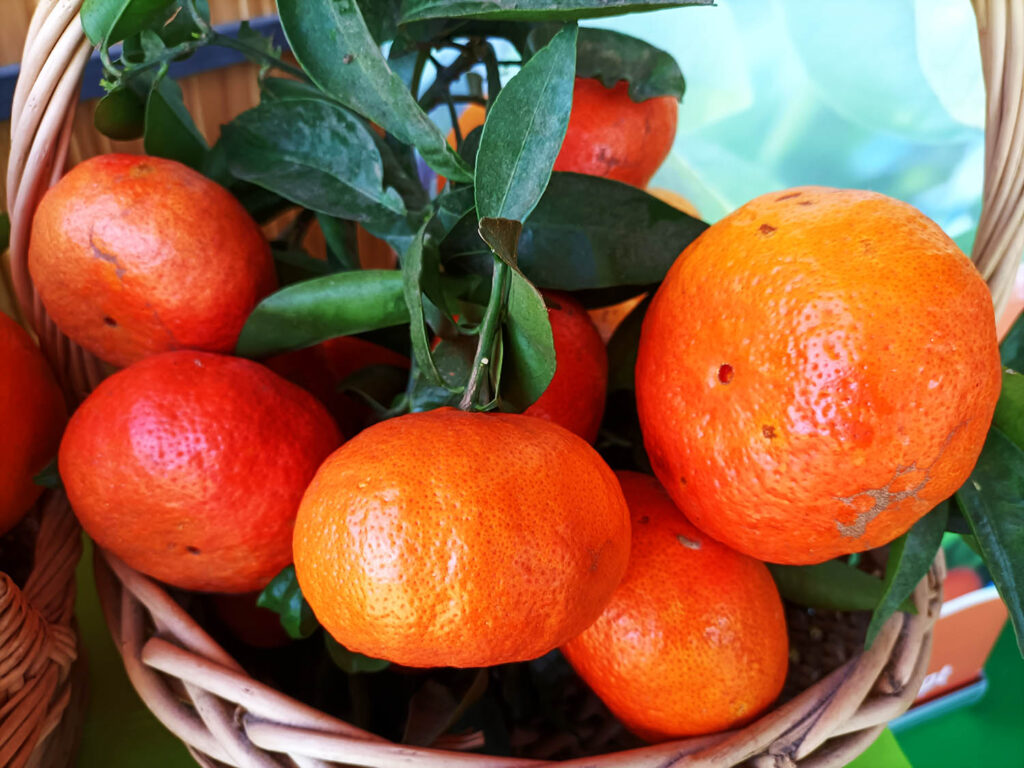The survival instinct must have shown our hominid ancestors, mammals and earlier ancestors, early on, that different foods have different effects on the state of health and some are more necessary than others in order not to get sick, or, on the contrary, to stay more showy and captivating for sexual selection.
In fact, we don't eat food just to grow or have energy. But the reason for this relationship between the state of health or illness and the presence or absence of certain foods in the diet has remained unknown to human knowledge for millennia.
A first relationship between a disease, scurvy, and lack or absence of fruits, mainly citrus and vegetables in the diet, was repeatedly reported in the diaries of long sea voyages.
In the XNUMXth century, the British navy began to include citrus fruits and fresh vegetables (which it replenished with each port) in the rations of its sailors to prevent them from falling ill with scurvy.
In the late 1897th century, more precisely in 1858, the Dutch physician Christiaan Eijkman (1930 – XNUMX) demonstrated a causal relationship between another disease, beriberi, and the husk of rice grains.
Eijkman's discovery was accidental, as is so often the case in science, despite having traveled to Indonesia precisely to study that disease, which causes serious disturbances in the nervous and cardiovascular systems.
Eijkman had the insight to relate symptoms detected in some chickens used in his laboratory, when temporarily changing their diet. As soon as the diet of sick chickens was enriched with brown rice, they improved, and the healthy ones did not get sick. Eijkman did not identify any ingredient responsible for this causal relationship, although he found that the same effect was seen in humans.
Through the deprivation of fractions and isolated compounds of certain foods, in the diet of animal guinea pigs, the scientists tightened the siege to the biochemical nature of what prevented that and other diseases.
In 1906, the English biochemist Frederick Hopkins (1861 – 1947) suggested that foods, in addition to proteins, carbohydrates, fats, minerals and water, should contain what he called “accessory food factors”, whose presence was necessary for maintain health status.
Eijkman and Hopkins were awarded the Nobel Prize in Physiology or Medicine in 1929 for their work that led others to the discovery of vitamins.
The biochemical identification of the “accessory food factor” present in the rice husk would come later when, in 1911, the biochemist Casimir Funk (1884 – 1967), Polish by birth, discovered that the factor responsible for the non-development of the beriberi disease was a substance which had an amine function. That is, a molecule that had an amine functional biochemical group (–NH2), composed of one nitrogen atom (N) and two hydrogen atom (H), attached to another certain atom of a given molecule present in the rice husk.
Funk baptized in 1912, 110 years ago, this compound as vitamin (from the Latin word “vita” (life) and the amine suffix of the biochemical group). In other words, Hopkins' "food accessory factor" was a vital amine! Today we know that Funk discovered thiamin or vitamin B1.
In 1912, Hopkins and Funk postulated the “vitamin deficiency hypothesis”, proposing that the absence, in a given organ system, of sufficient amounts of a certain vitamin, could lead to the development of a certain disease.
The term “vitamin” was quickly generalized to all “accessory dietary factors”. Today we know that most of the vitamins, however identified, chemically characterized and with their biochemical mechanism of action clarified, do not have the amine functional group in their composition.
However, due to the initial generalization of the term and by metonymics, we still refer to these substances today as vitamins.
Author António Piedade is a biochemist and science communicator




















Comments